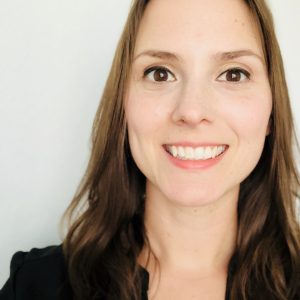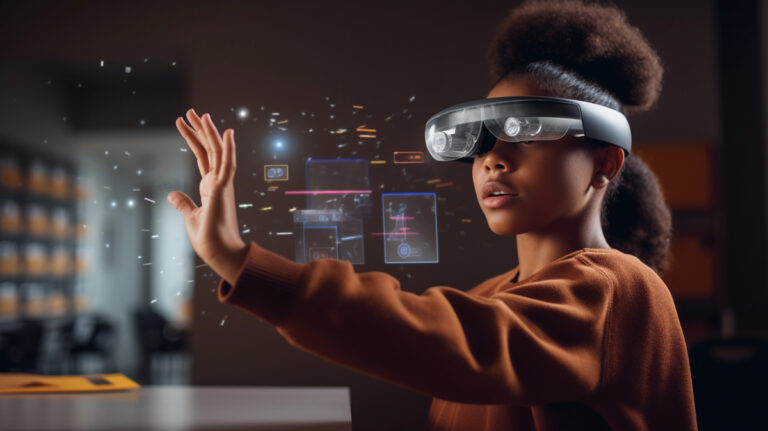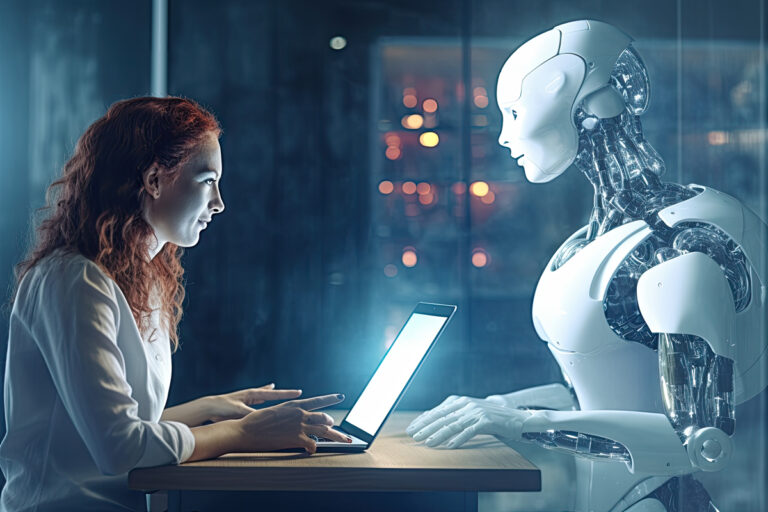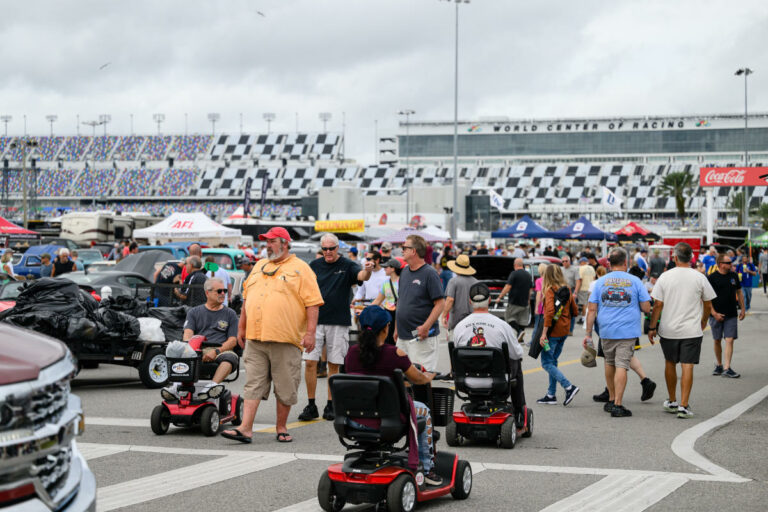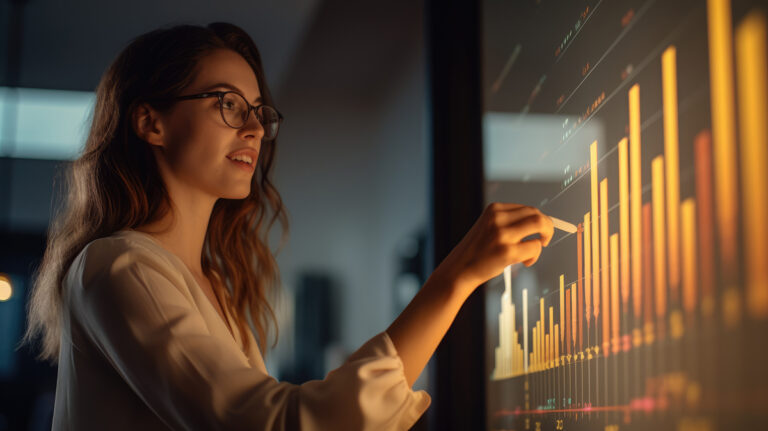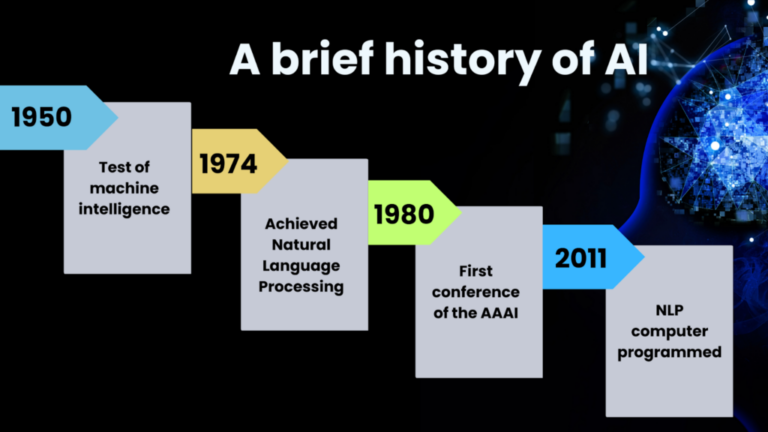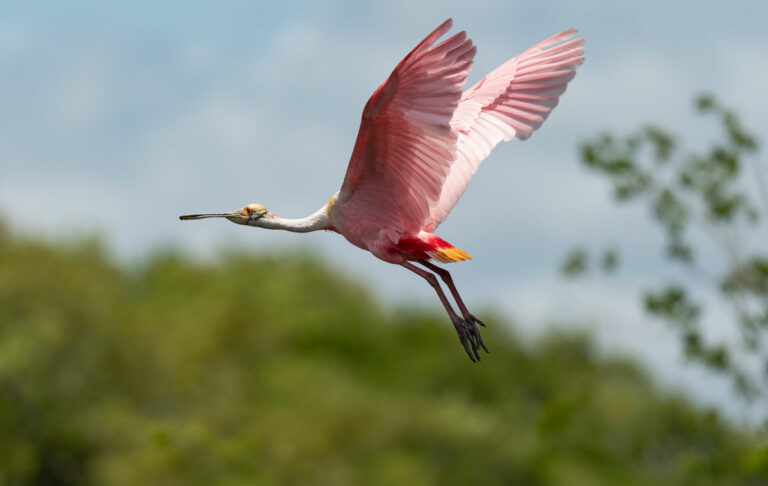How AI is Transforming Art
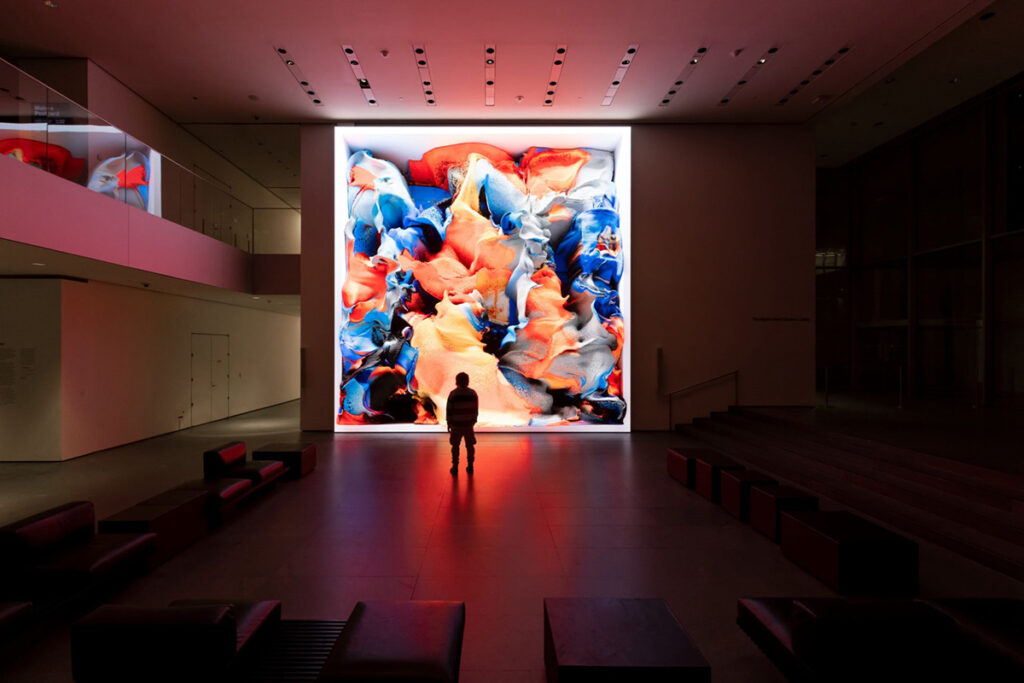
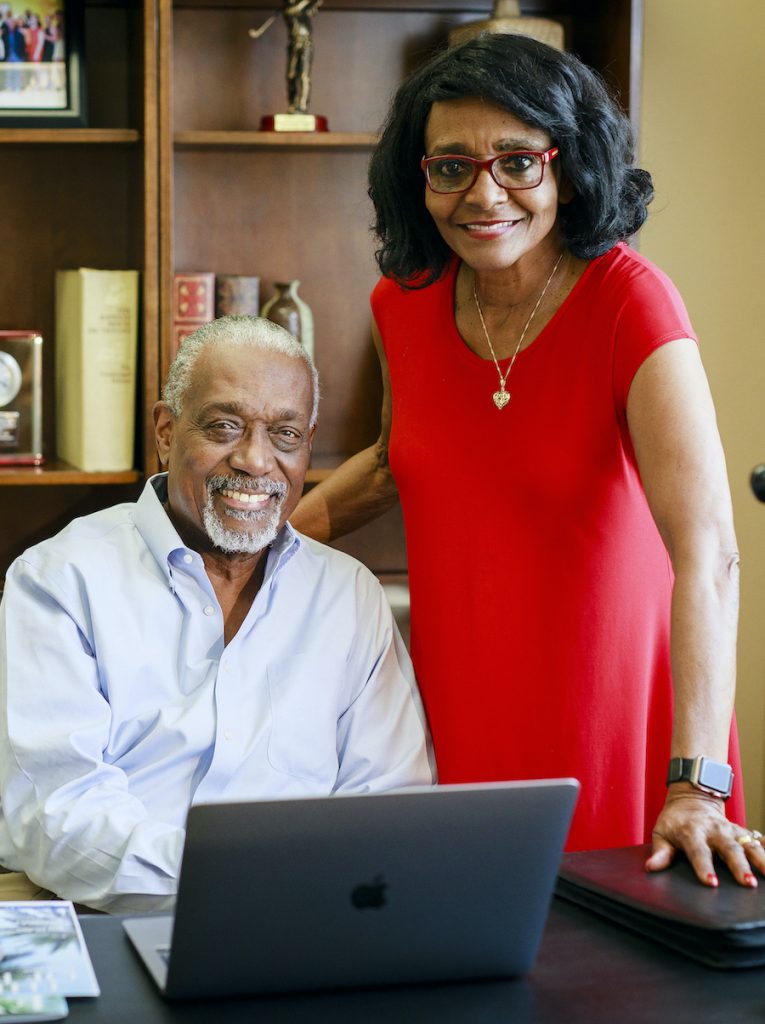 “Nobody paid attention to artificial intelligence (AI) until ChatGPT was released last year. I think there will be uses for [AI] in art that we can’t conceive right now. I think there is concern about whether AI will be writing books or plays. It’s not going to go and write a book itself. As for how it’s going to be used for the arts in the future, I don’t know, really. I think that’s what makes it interesting. I think that’s why people read AI articles. How will it impact me? How will it impact our art? This issue is not going to answer those questions.”
“Nobody paid attention to artificial intelligence (AI) until ChatGPT was released last year. I think there will be uses for [AI] in art that we can’t conceive right now. I think there is concern about whether AI will be writing books or plays. It’s not going to go and write a book itself. As for how it’s going to be used for the arts in the future, I don’t know, really. I think that’s what makes it interesting. I think that’s why people read AI articles. How will it impact me? How will it impact our art? This issue is not going to answer those questions.”
Barbara Holley couldn’t stop staring.
When Holley first set eyes on Refik Anadol’s “Unsupervised” exhibit this summer at The Museum of Modern Art (MoMA), she couldn’t move.
“It was just amazing, so dimensional,” she says. “It was breathtaking.”
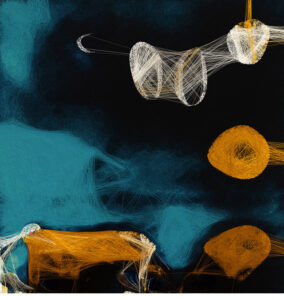
The 24-by-24 large-scale media wall, with its revolving new forms of art generated through artificial intelligence (AI), was unlike anything she’d ever seen. The installation stretches from floor to ceiling in MoMA’s ground-floor Gund Lobby.
Similar — but more advanced and detailed — a new viewer might think of “Unsupervised” as a massive, real version of the evolving 90s classic Windows computer screensavers that bounced and evolved on screen.
“We walked in, and there’s this huge moving picture — I was just mesmerized by it,” she says. “It kept changing. I took out my camera and started to film it. Finally, I sat down. It continued to change, and it was a different picture each moment. You could watch that wall for 100 years and never see the same picture.”
Holley and her husband, Howard, spent time in New York City this summer celebrating their 40th wedding anniversary. After leaving a nearby Hilton Midtown hotel restaurant, Howard asked his wife if she wanted to go into MoMA since they had extra time.
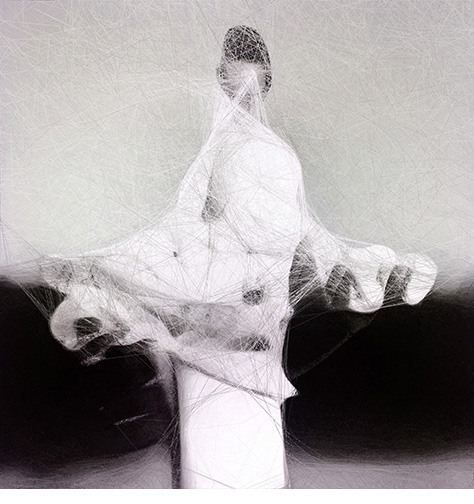
Unsupervised — Machine Hallucinations — MoMA, 2022. Data sculpture: custom software, generative
algorithm with artificial intelligence (AI), real time digital animation on LED screen, sound. Dimensions variable. The Museum of Modern Art, New York. © Refik Anadol Studio
The Palm Coast couple didn’t regret the last-minute decision.
“We enjoy art and have some fantastic art pieces in our home,” says Howard Holley.
The massive art display features digital artworks by Turkish artist Anadol, who used AI “to interpret and transform more than 200 years of art from MoMA’s collection” to create a lively, ever-changing canvas to wow viewers.
“This project reshapes the relationship between the physical and the virtual, the real and the unreal,” says Michelle Kuo, The Marlene Hess Curator of Painting and Sculpture, MoMA. “Often, AI is used to classify, process and generate realistic representations of the world. Anadol’s work, by contrast, is visionary: it explores dreams, hallucination and irrationality, posing an alternate understanding of modern art—and of artmaking itself.”

For the installation, Anadol adapted the AI “Unsupervised” artworks he created in 2021 to include real-time feedback from the museum’s surrounding environment, including changes in light, movement, volume and weather. In turn, these impact the continuously changing visuals and sounds.
But it begs the question — is AI art still real art?
With AI art-generation programs like Discord, Midjourney and others, some wonder if a computer-generated image is still art. Even as traditional art lovers, the Holleys don’t believe AI is a technique to be banished from the art world.
“I don’t think technology takes away; I think tech transforms,” explains Howard Holley. “People always rebel against emerging tech and fear it takes away from the human in us. The truth of the matter is it generally provides some functionality.”
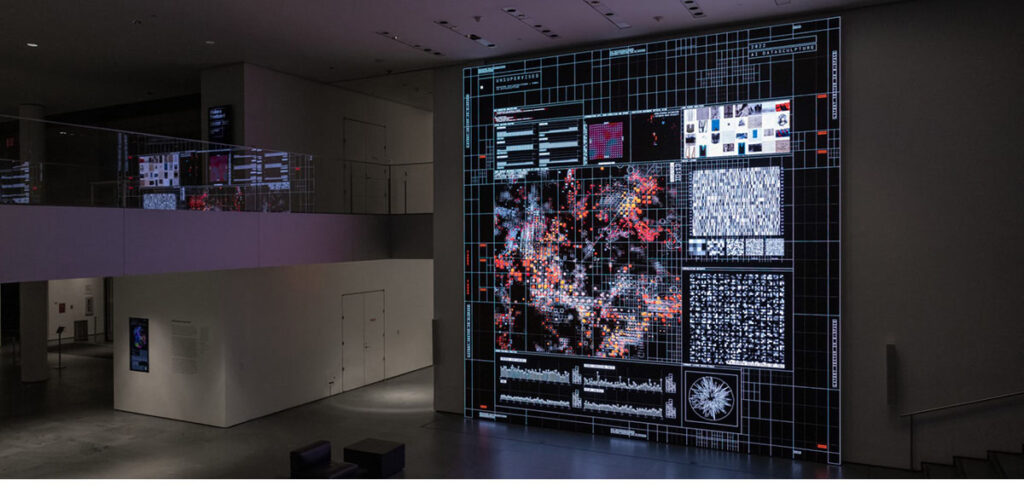
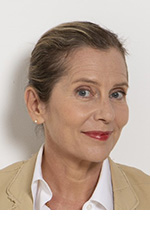
If anything, it offers yet another way for viewers — and true craft artists — to experience art. Like other art mediums, the way an artist will use AI for their craft will differ.
“Artists engage with AI in many different ways,” says Paola Antonelli, senior curator, Department of Architecture & Design, MoMA. “Some comment on it with artworks that highlight its ecosystems and mechanisms; others use AIs to generate new artworks; others still engage generative AIs in ongoing collaborations. This piece by Refik Anadol, in particular, belongs in this latter category. It is real-time software artwork that uses a unique machine learning model designed by Anadol’s team, trained on MoMA’s collection metadata, to continuously generate new images.”
Like most art, it’s an experiment for the artist and the viewer. MoMA’s curators agree that the museum should be a venue to support artist experimentation.
“With this commission, MoMA underscores its support of artists experimenting with new technologies as tools to expand their vocabulary, their impact and their ability to help society understand and manage change,” Antonelli says.
The Holleys hope to see that same attitude of experimentation expand to the First Coast and Palm Coast.
“What excited us about the MOMA experience was the hope that this type of creativity and innovation could be applied within our local markets,” says Howard Holley. “Many people see AI as a threat, and that is certainly a serious and appropriate concern, but we are hopeful that it allows artist expressions that hadn’t been available previously, globally, nationally and locally.”

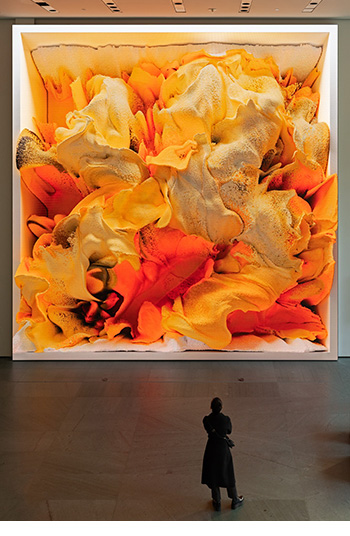
A Look into Local AI Artistry With Jenny Lee Corvo
“As an artist who uses genAI daily, I find myself constantly discovering new applications both within and beyond my artistic endeavors,” says Jenny Lee Corvo, a Jacksonville resident and visual artist. “In my practice, I strive to balance the exhilarating possibilities of AI art with a conscientious approach, understanding the responsibilities that come with it.”
On December 9 from noon to 2 p.m., Corvo will lead a hands-on workshop at The Museum of Contemporary Art In Jacksonville (MOCA) for 20 individuals to experience AI art. It’s what Corvo calls a “prompting” workshop for “teaching participants how to effectively communicate with GenAI to bring their visions to life.”
It’s open to everyone, no matter their artistic background.
“This workshop will demystify how GenAI interprets human language, translating it into art, writing, code or video,” she says. The workshop will start with a non-tech overview of GenAI’s learning and interpretation processes before diving into brainstorming sessions to conceptualize a use case for GenAI.
“Attendees will spend most of the workshop engaged in rapid prototyping, transforming their ideas into a series of images or a single piece of AI art tailored to their specific needs by the workshop’s end,” she says. “My goal is to empower each participant with the skills to harness the power of GenAI, breaking down barriers and unlocking a world of creative potential.”
As for the future of art, Corvo says she can’t imagine a world where all artists solely rely on AI to create.
“I’m a millennial, so I remember when the internet “happened,” and there was so much panic — the end of education; the end of books! The end of people going outside and talking to other humans,” she says. “We still have books and education, and at least 20 people have walked past the window I’m sitting next to on this particularly beautiful autumn day.”
The panic is simply a part of the incorporation into society, she believes.
“What happens is that tech is first met with panic, then adaptation, and then it’s just a part of us,” Corvo says. “I imagine GenAI will also follow this path and very soon become so integrated with our daily experiences that living without it will feel prehistoric.”
